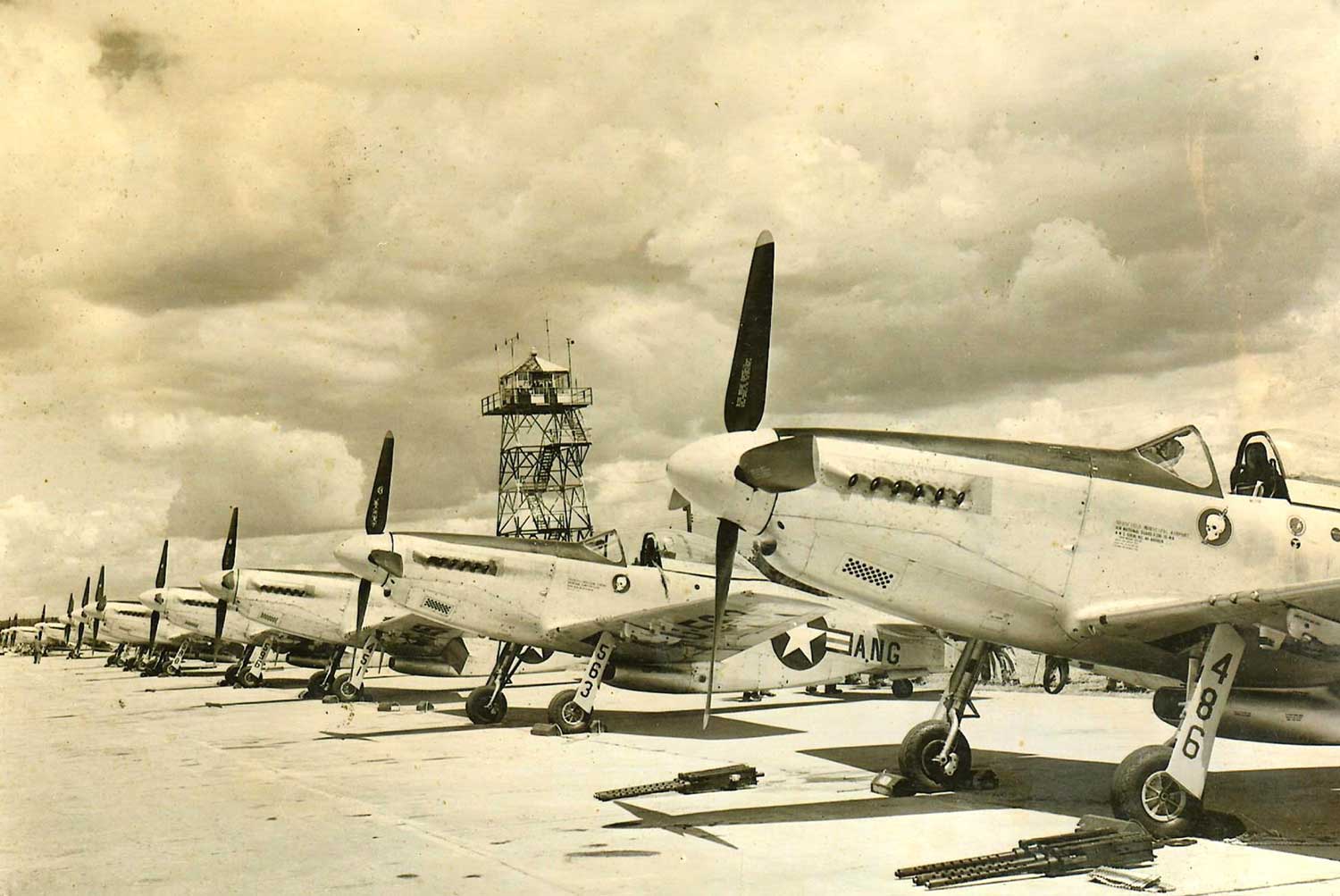By Jim Smith
GRAYLING – One can’t be in Grayling very long without noticing the incredible amount of air traffic overhead. An eclectic array of aircraft, both military and civilian, flit, thump and zoom across the sky’s, landing, taking off and conducting maneuvers that qualify the pilots to command their aircraft in both peace time and war.
Pearl Harbor and the start of World War II sparked the morphing of a small, northern Michigan sod-covered air strip into a military aviation complex intended to provide additional protection to the Soo Locks and to Detroit. Several other strategic fields were also developed for the same purpose but most have been decommissioned and turned to commercial properties or gone back to nature.
Shortly after the end of World War II, 1947 to be exact, two Grayling brothers, Bud and Clayton McDonnell, looked at the Army Air Field and shared a vision of a mid-Michigan aviation center.

Quoting from a letter written in 1993 by Bud McDonnell, “I thought that aviation had a bright future and was in its infancy, like the automobile after World War I. Clayton and I looked at the new Army Air Field with 6,000 feet of runways on the edge of the City of Grayling and had visions of a busy aerodrome with many planes flying in and out of this recreational area of Northern Michigan. By most light aircraft Grayling was only one and one half hours from Detroit. We felt all the ingredients were there. It just needed a couple of energetic entrepreneurs.”
After a host of meetings with everyone from the Grayling City Council to the Michigan Aeronautical Administration, the Army Corps of Engineers and eventually the Federal War Assets Administration in Detroit, the brothers found lots of moral support but no funding. They were eventually able to obtain a lease on a portion of the field and were told that before they could obtain any funding they had to erect some hangers. The boys dug down in their own pockets and, during the coldest winter they had ever seen, according to Bud, they built some hangers, an office and a lounge. They returned to the bank for additional financing only to be turned down again.
The core of the operation was to be a training facility for veterans who wanted to learn to fly and obtain a private pilot’s license using the G.I. Bill. Without the money to purchase aircraft the principle source of revenue was not available. As sometimes happens, just when things seem the darkest, a ray of sunshine pop’s through the clouds. The brothers were idling by the fuel pumps one day when a Ryan Navion landed for refueling. The pilot sensed their despair, asked what the problem was and suggested they visit Michigan National Bank in Saginaw.
When Bud and Clayton left the bank’s loan office it was with a line of credit and a G.I. Loan large enough to purchase three Luscomb single engine aircraft from the Saginaw Airport for $2,500.00 each. Bud got to ferry the first one back to Grayling and Clayton had to drive the car back. It wasn’t long before they had a fully certified flight school and were signing up veterans to learn to become pilots under the G. I. Bill. As time went on they also acquired a PT 19 war bird for aerobatic training and a four place Bellanca with retractable gear that would cruise at 150 miles per hour. The Bellanca was for chartering passengers. Later they obtained a twin engine Cessna that was a former military trainer. They also obtained a Republic Sea Bee, an amphibious four place plane that they used to land on the water. Bud remembered that they used to charge $18.00 per person for a round trip fishing expedition to Drummond Island. That price included overnight lodging and a boat and motor for fishing in the bays.
In the 1940’s, 1950’s and early 60’s, private aviators enjoyed a camaraderie born from a love of flying. This social connection was demonstrated through “fly-ins” called “Dawn Patrols”. In the summer of 1947 Bud and Clayton decided to sponsor a Dawn Patrol pancake breakfast on a spring Sunday morning. Along with the civil aircraft that arrived for a “stack of cakes”, the Michigan Air National Guard showed up with a bunch of P-51 fighters, B-26 bombers and C-47 transports. Despite an early morning fog that kept the aircraft circling the field until it burned off around 9:30. Bud estimated that they had close to 600 aircraft on the field that morning. At the time this was considered the largest Dawn Patrol ever organized.

According to letters written by Bud, by 1952 they realized that there was not enough business to support two families. By 1951 they had trained most of the G.I.s that wanted private licenses and they realized that flying was too expensive for the average person, so Bud took his family to Battle Creek where he sold insurance and real estate. In 1953 he was called back into the Marine Corps for service in Korea.
Clayton continued to run the air service until the Top Brass in the National Guard succeeded in having the lease held by Bud and Clayton canceled and in 1953 the doors of the Grayling Air Service closed for good. The brothers were able to sell the aircraft for enough to pay off the debts and that was the end of Graylings civilian air service.
Most of the information used to write this story was obtained from historical document on display or available for reading at the Crawford County Historical Museum.



